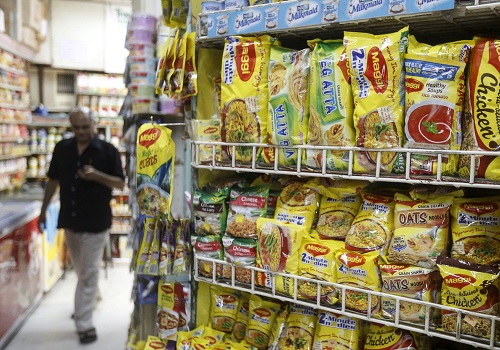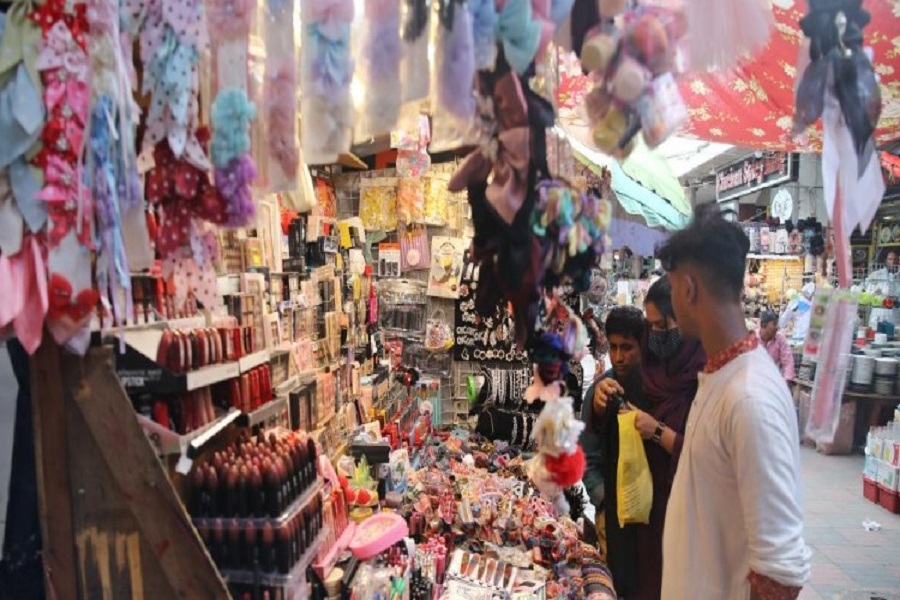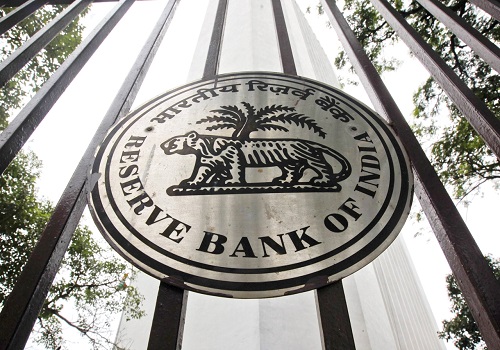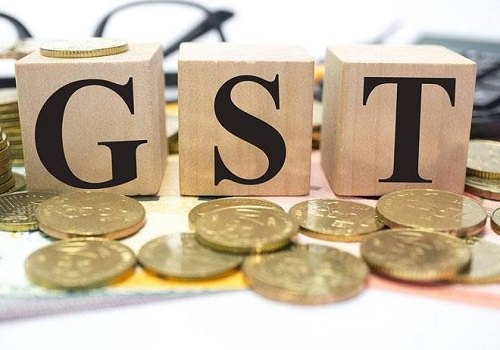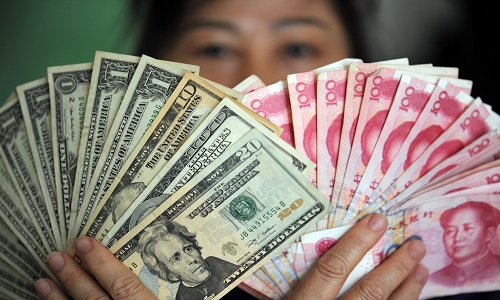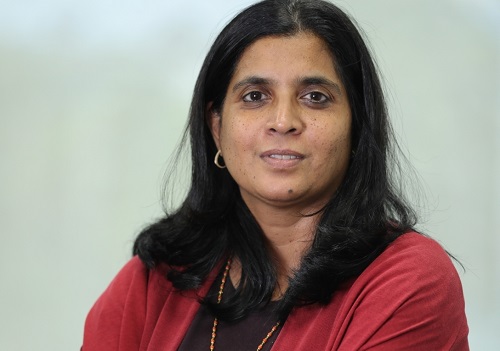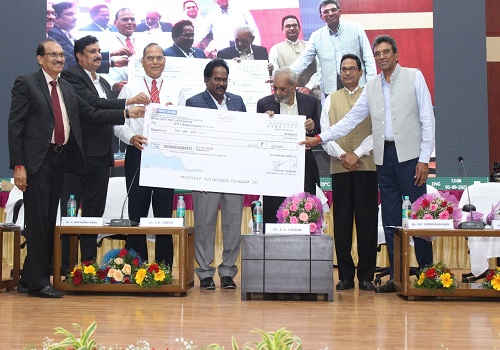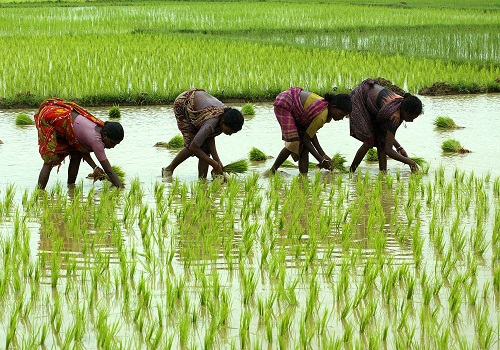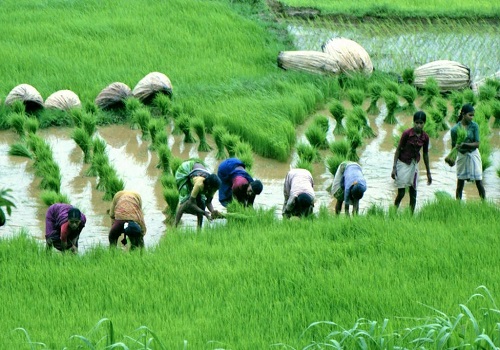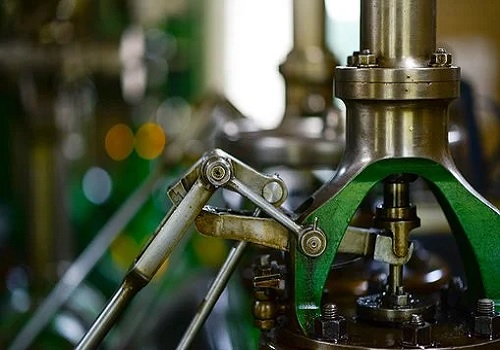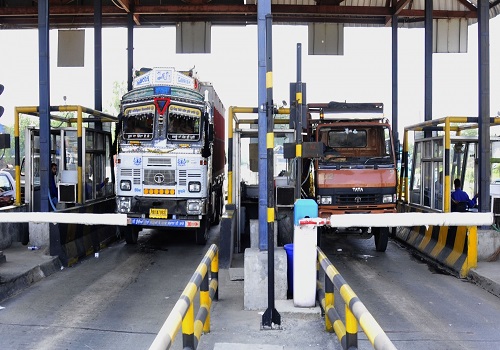Poor Marathwada peasants harvest huge profits from 'pearl farming'

Follow us Now on Telegram ! Get daily 10 - 12 important updates on Business, Finance and Investment. Join our Telegram Channel
In the water-starved region of Marathwada, where agriculture is largely a futile exercise, Maharashtras first informal 'cooperative of penurious farmers has ventured into virgin territory -- oyster pearl farming -- to harvest huge profits.
The unthinkable has been achieved in the backward, dry village of Shahapur in Tuljapur tehsil of Osmanabad district when the nation was reeling under the middle stages of the Covid-19 pandemic in 2021.
In early 2021, 10 farmers launched the Triveni Pearls and Fish Farm venture in a small rain-fed fresh water pond, which earned them a whopping Rs 14 lakhs this year.
The first 'pearls of wisdom' were sown by a dejected peasant, Sanjay Narsing Pawar, 44, along with his brothers Vijay N. Pawar, 46 and Ajay N. Pawar, 42, with the backing of their aged parents, Narsing, 75, Shakuntala, 70, and their excited grandmother Triveni Pawar - all of a sprightly 105-years young.
"I was inspired by one of the pioneers, Dr M. Kamble, who had done oyster pearl farming successfully, and certain other individual farmers in Aurangabad, Chandrapur and Solapur. I met Dr Kamble, who guided us on how to go about it, starting with a week's course on the subject which I completed," a smiling Sanjay Pawar told IANS.
The Pawars owned a small plot of land on which they dug a one-acre pond -- 300 x 150 x 30-ft (deep), pooling in Rs 725,000, mostly out of their own resources and with some financial help from the government.
In July 2021, the 10 nervous but excited farmers planted' 25,000 mussels on nets in the pond and after an anxious wait of 14 months, in September 2022, out came 10,000 live' oysters -- with 2 glittering pearls embedded in each -- that changed these peasants' lives forever.
The glittering crop of pearl oysters were sold for Rs 400 apiece and raked in around Rs 40 lakh for the 10 farmers.
With the family's total investment of around Rs 700,000, the Pawars earned Rs 17,00,000 (Rs 17 lakh) in 2022 -- from the erstwhile traditional cultivation, the family barely managed an annual income of Rs 400,000 (Rs 4 lakh) till 2021.
Pearls have been coveted for over 2,500 years the world over, and the current global industry is estimated to be worth USD 18 billion -- and growing -- with top Hollywood and Bollywood stars, industrialists and other celebs sporting gleaming pearls of different shapes, sizes and shades in jewellery, clothes and other accessories.
Pawar is grateful to the Aurangabad based Indo Pearl which helped them in their maiden venture, guided the cultivation, provided the mussels at Rs 40 per piece, supervised the cultured pearls every month, arranged for 100 per cent insurance and then organised a buyer for their valuable white motis'.
Buoyed by their first success, this year the cooperative has attracted 40 farmers and planted' 50,000 oysters and a tie-up with two more companies, GKP Pearl Farm of Solapur and Namo Pearl Farm in Chandrapur, he said.
"In India, the successful harvest rate (live oysters) is 50 per cent, though some individuals have managed upto 70 per cent of the total mussels planted. It still ensures at least 200-300 per cent RoI (return on investment) with little 'maintenance' hassles," explains Pawar.
US-based Ketan Kakkad, owner of Jaipur Jewelers based initially in New Jersey and now in Mumbai, said its dazzling collection of precious stones, including pearl jewellery, was featured prominently in the prestigious Sports Illustrated Swimsuit Special in 2010. It was shot for the first time extensively in Rajasthan, featuring top global models adorning his creations.
"Pearls are ranked among the Top 5 precious stones - including diamonds, rubies, emeralds and sapphires - and royalty, high-society or glamour personalities in Europe and USA love to flaunt pearl jewellery at major events," Kakkad said.
Lauding the Triveni group's venture, Shiv Sena (UBT) farmer face Kishore Tiwari said he will now promote it "in a big way in Vidarbha region" and is optimistic that this can prove to be ?salvation' for the crisis-hit agro-sector and help arrest farmers' suicides.
Detailing the cultivation, Pawar said the pond is covered with a tarpaulin sheet to provide shade and arrest evaporation, a chicken wire fence, steel meshes suspended horizontally in the water with upto a dozen oysters tied, with empty plastic bottles to ensure the meshes remain covered even if the water levels fluctuate, and weather vagaries like unseasonal rain or hailstorms don't affect it.
"Every month, we drop around 1,000 spirulina tablets to rejuvenate the pond water, help algae growth in the shells to feed them and also regularly oxygenate the water to maintain the Ph levels," said Vijay Pawar.
The Pawar cooperative's technical advisors insert 'designer debris' or 'irritants' in the shape of Lord Ganesha, Lord Shiva, the Ashoka Chakra, the Trishul, the Cross, 786, Chhatrapati Shivaji Maharaj profile, buttons, etc, and the final pearls come out with these stunning images.
At present, an estimated 4,000-plus individual farmers cultivate modest quantities of between 1,000-3,000 pearls annually and make tidy profits depending on the quality and size, but the Triveni group is the biggest and boldest with 50,000 oysters getting ready to be harvested in late 2023.
The cultured pearls process was first developed and perfected after nearly 25 years by the legendary Japanese jeweller Kokichi Mikimoto in the early 1900s, and by the 1950s, artificial pearls became a global rage.
In India, Andhra Pradesh is considered the hub of the pearls business and individual cultured pearl farmers are spread in Kerala, Rajasthan, Gujarat, Chhattisgarh, Telangana, besides Maharashtra's Pawar-led cooperative venture.




